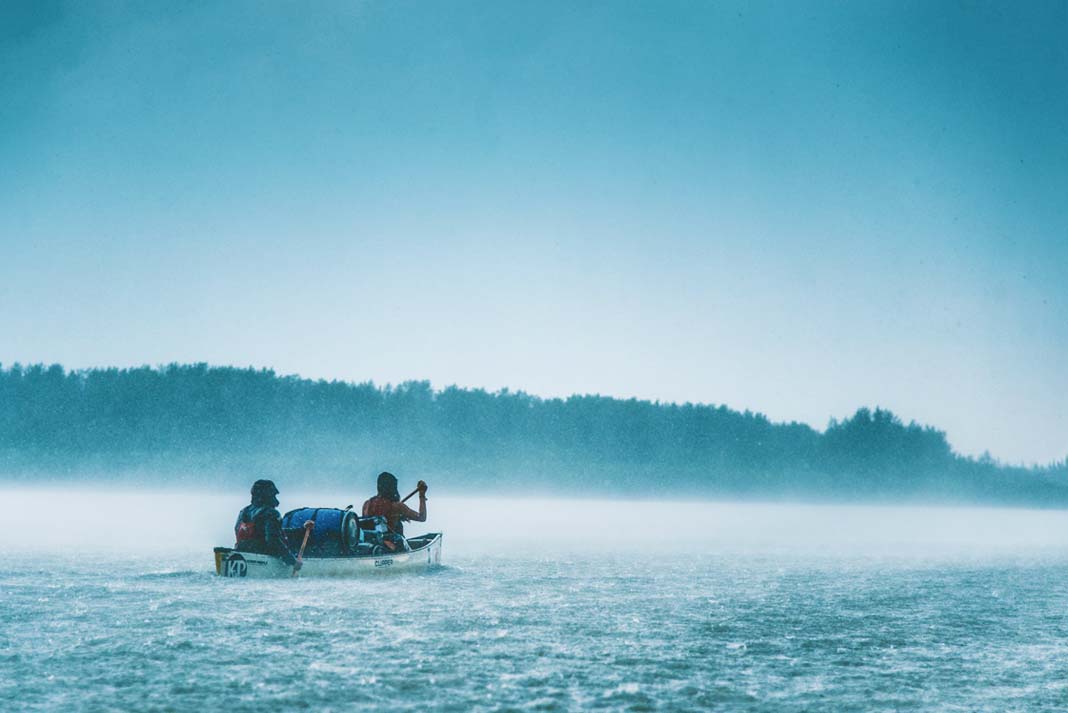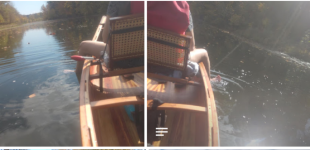". . . the late freestyle paddler and canoe builder Mike Galt once wrote: 'Decide at birth on which side of the canoe you want to paddle, then never, ever change.'”
"There are many good reasons tandem teams should stick to paddling on opposite sides of the canoe—and going straight is just one of them. Still, there is a common exception to this rule."

 paddlingmag.com
paddlingmag.com
"There are many good reasons tandem teams should stick to paddling on opposite sides of the canoe—and going straight is just one of them. Still, there is a common exception to this rule."

The Exception: When It’s Okay For Tandem Teams To Paddle On The Same Side
One of the first rules newbies learn is to always paddle on opposite sides of a canoe, but here is one important exception.

